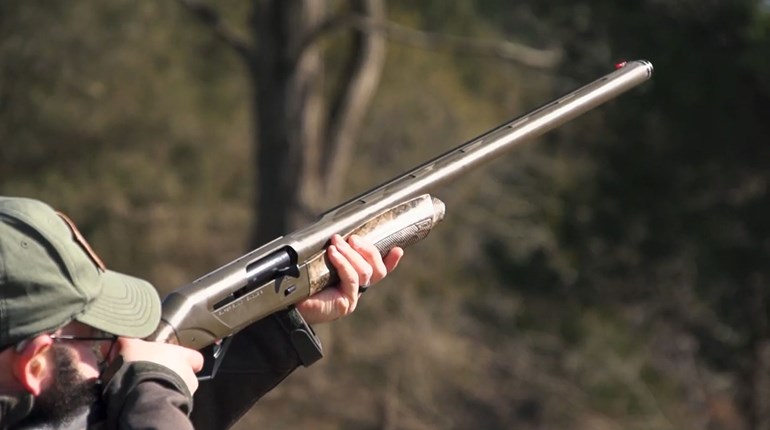One of the larger, ongoing questions surrounding eBikes has not been their efficacy in moving hunters, their true range or their features, but instead just how well an electric motor can cope with the sorts of payloads required by hunters. Sure, it can take a hunter deep into the backcountry with himself, a blind, tripod, pack and rifle, but can it get him back out after a successful hunt? With an extra 100+ pounds on board, this is a legitimate question and a legitimate fear.

The Test
In an attempt to answer this conundrum, I loaded up my QuietKat Apex Pro with all the aforementioned gear, myself (~170 pounds) and a gutted buck (~146 pounds) and found one of the biggest hills in the area, reasoning if it can tackle this one, it can tackle pretty much any incline within reason (and for those even steeper ones, one can always walk the bike and work the throttle to dolly the load). Battery power, of course, is something to keep in mind, but with an advertised full charge range of 52 miles and a tested range hovering in the 40s (depending upon terrain), you'd have to go pretty darn far into the woods to really worry about getting stranded.
Also of note with this test is the incredible utility of the suspension system, not to mention the choice of suspension-system style. I couldn't imagine trying to pedal this hill with a full-suspension bike (excepting a lockout mechanism), rear suspension taking the torque out of every stroke. That said, having no suspension on the trailer with a hundred-some pound anchor attached would have made pedaling a living nightmare—particularly at speed in the flats—as the trailer would jounce, buck and otherwise drag the bike around by its rear.
Having a rifle rack on the handlebars is a particular boon, as it allows for extreme peace of mind when hauling loads. With it full in view and out of the way of shifting loads, you can ensure the scope never receives a damaging jolt or jar—not to mention it's nice to have within reach. The rubberized nature of the rack also protects your zero from bumps or vibration. Putting a deer in the trailer also brings into focus the necessity of proper load security. I still stand by the "fenders" proscription I brought up in the first article, but either way, make sure to tie some bungie cords around your trailer when you ride in. You'll need them to keep the deer upright and away from slipping toward your rear tire, as well as for keeping its legs away from your trailer tires.
All in all, of course, the bike performed better than even I expected. Don't just read my word for it though—check out the video above and watch it perform.























